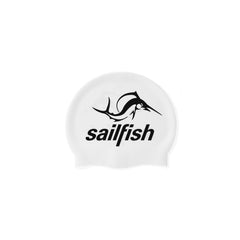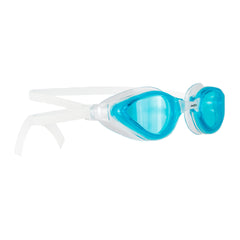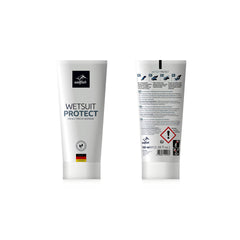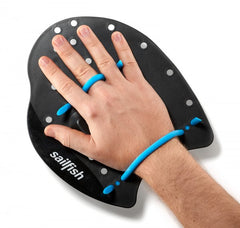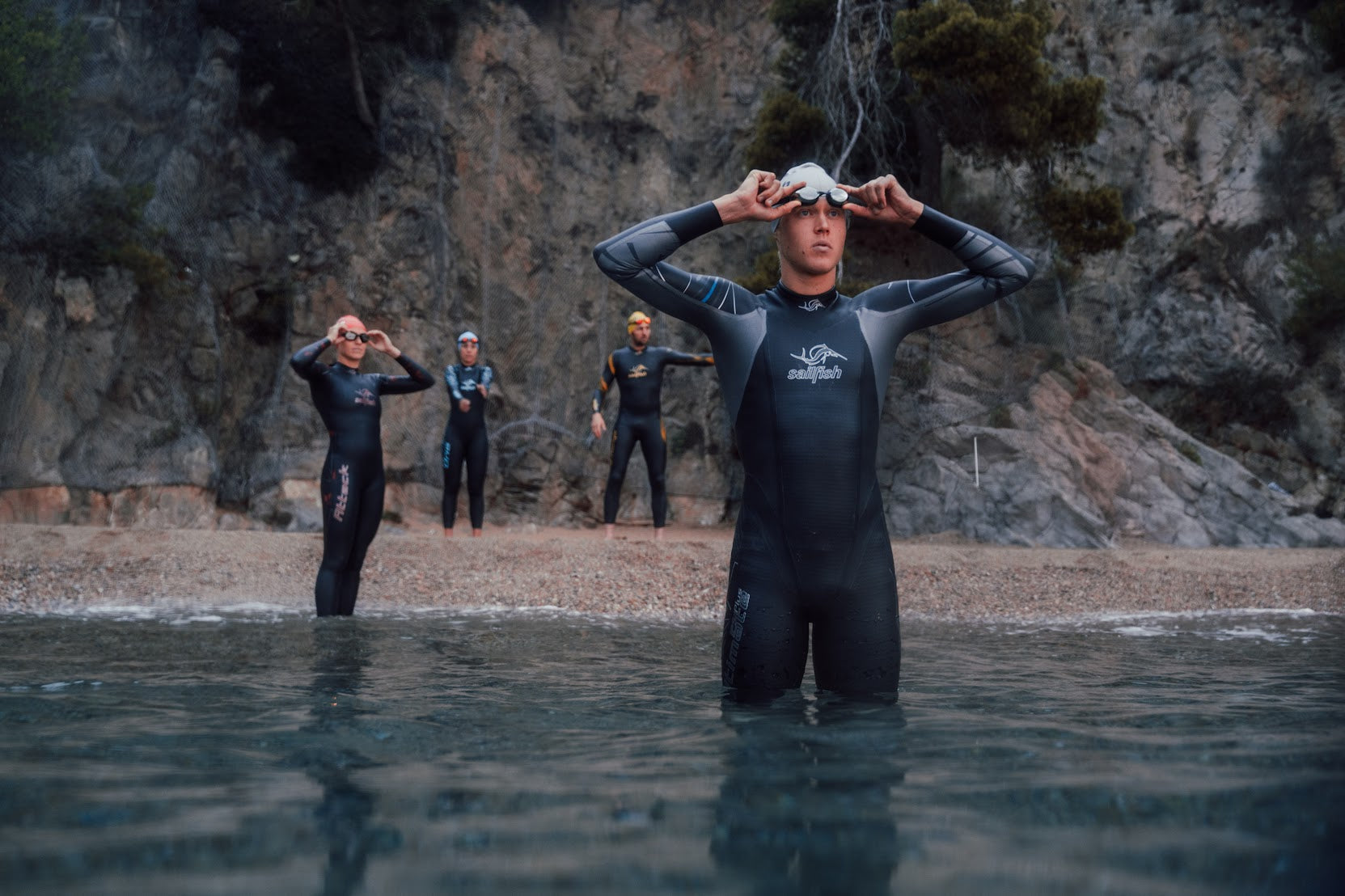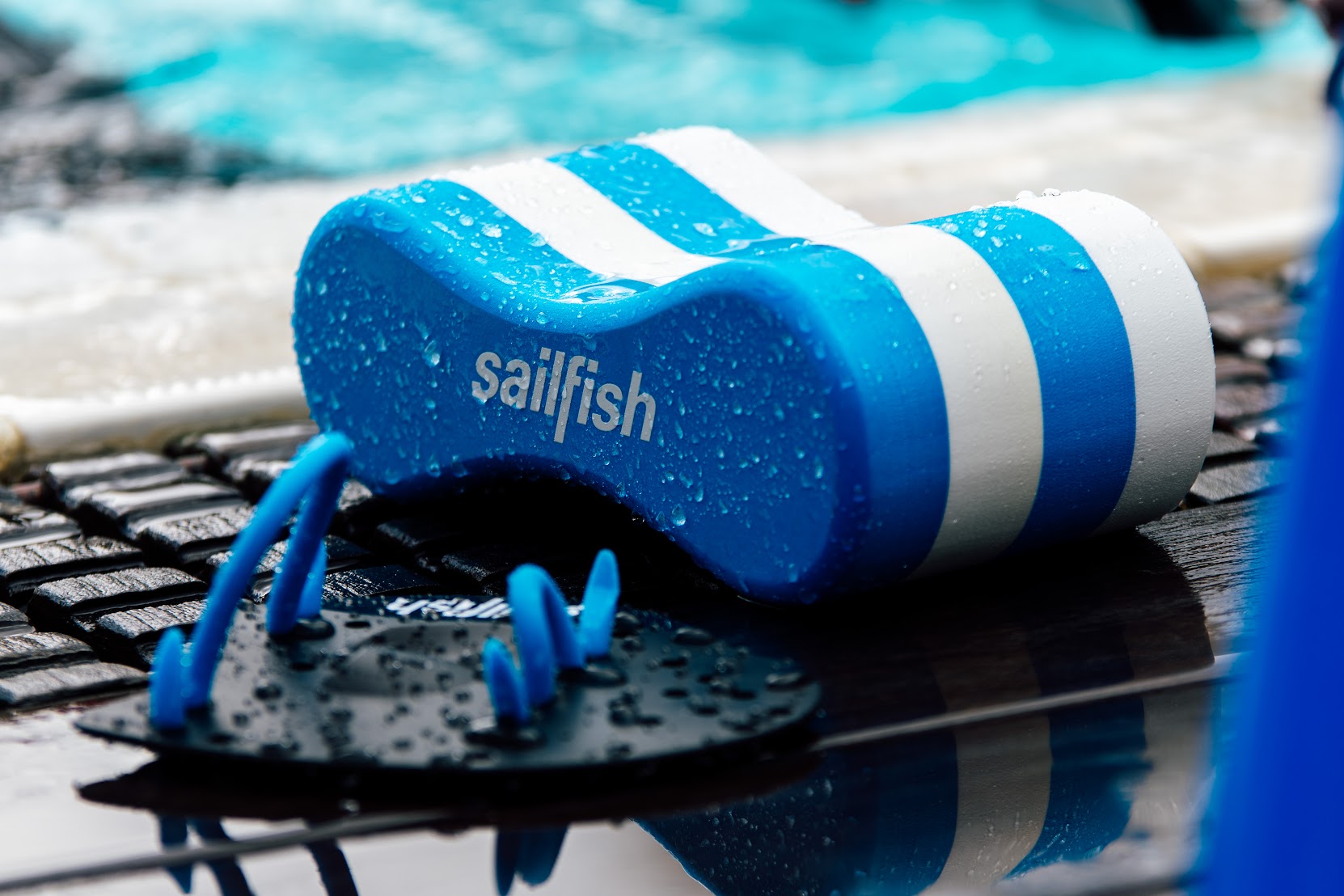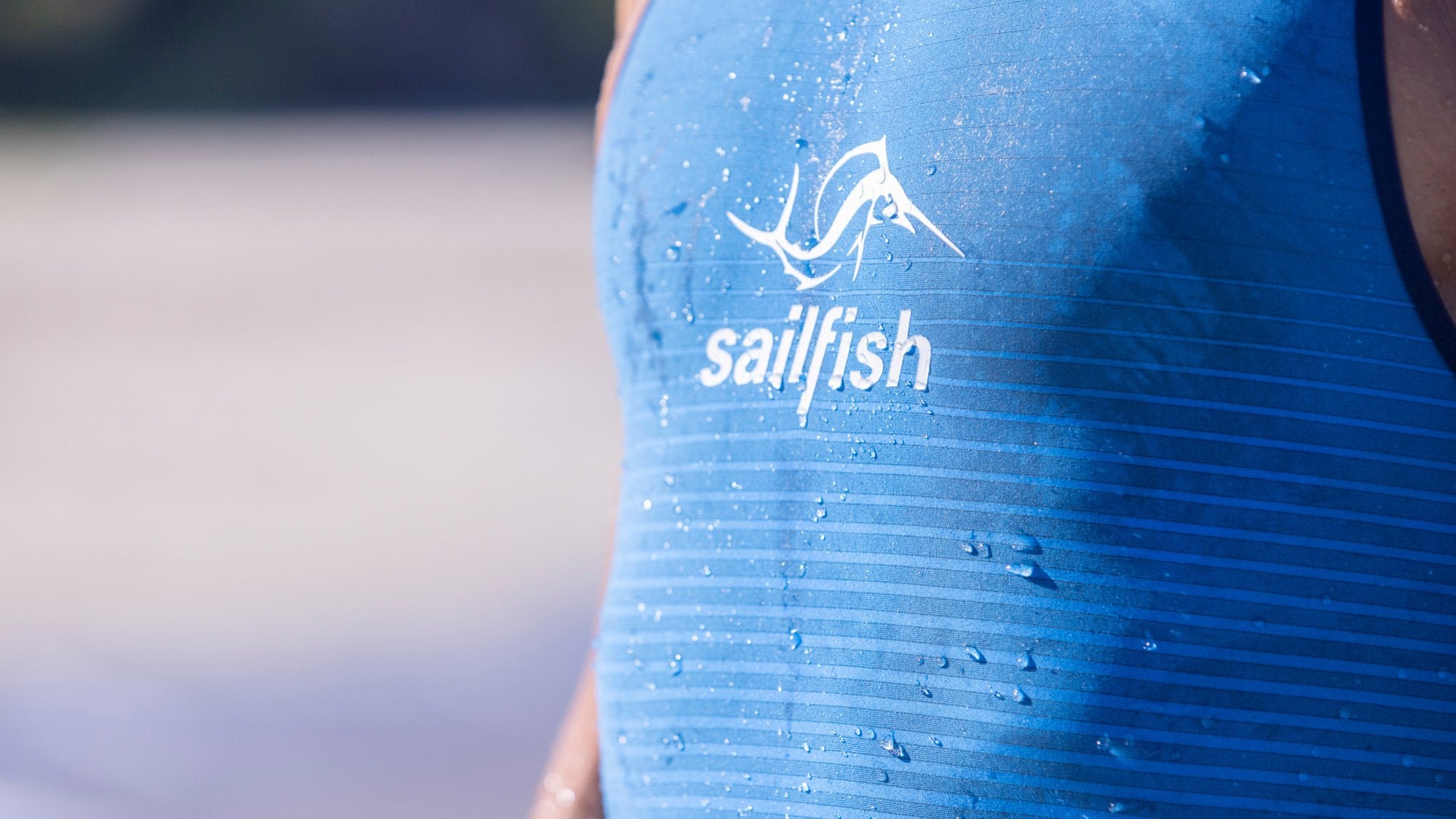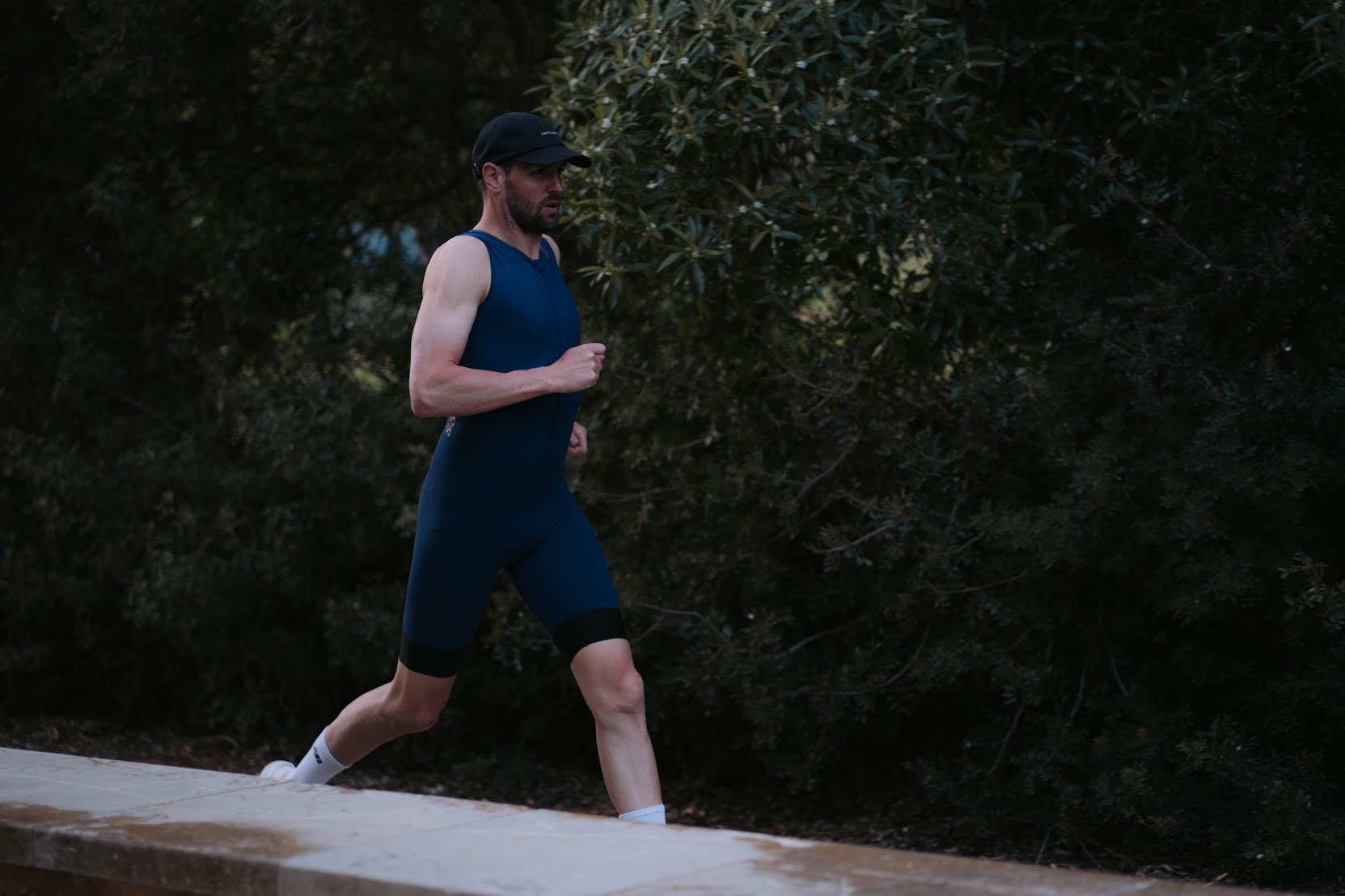Welcome to the seventh and for now last part of our series "How to have fun while swimming and become a better open water swimmer". In this part, we're going to talk about race day. The big day is here and you're nervous. Maybe you've missed a swim practice or two and you're starting to doubt yourself. But let me tell you, the more prepared you are, the more confident you'll be at the starting line.
When you remember race day, remember that it's about performing to the best of your ability. Warm up on land, no matter how warm it is, try to warm up in the water as well. Choose a starting position that you feel comfortable with. If you are a weaker swimmer, either go further to the side of the swim start or further back or both. Often the race is long, so don't kill yourself or get killed in the first 200 meters of the swim. Start at a comfortable pace and slowly increase. You'll have a lot more fun that way. And when you get out of the water and wonder what tips there are for biking or running, talk to other swimmers. They often know a lot more about these things than I do.
Key insights
- Being well prepared for race day is key to confidence.
- Warm up both on land and in the water and choose a comfortable starting position.
- Start the race at a comfortable pace and talk to other swimmers for more tips.
Preparing for race day
We have now learned all the tips and tricks to become a better open water swimmer. Now it's time to prepare for race day.
First of all, it is important that we warm up well. We should warm up not only on land, but also in the water. This will allow us to prepare our muscles for the upcoming load.
Another important factor is the choice of our starting position. If we feel we are a weaker swimmer, we should position ourselves further back or to the side of the swim start. This way we can better concentrate on our own rhythm and avoid being disturbed by other swimmers.
During the race, we should not overdo it. It is important that we set ourselves a comfortable pace and do not overexert ourselves in the first 200 meters. This will allow us to save energy for the rest of the race and perform better.
Finally, if we are thinking about tips for cycling or running after the swim, we should consult experienced athletes. They have a lot of experience and can give us valuable advice.
With these tips and tricks we will be ready for the competition day. We should rely on our preparation and do our best to give a great performance. See you out in the water at the races!
Land And Water Warm Up
Welcome to the final episode of How To Have Fun Swimming and Become a Better Open Water Swimmer. Today we're talking about race day. The big day has arrived and you're nervous. Maybe you've missed a swim practice or two and you're starting to doubt yourself. But let me tell you, the better prepared you are, the more confident you'll be at the start line.
A great way to warm up is to warm up on land. No matter how warm it is, try to warm up in the water as well. Find a starting position that you feel comfortable with. If you are a weaker swimmer, either go further to the side of the swim start or further back or both. Often the race is long, so don't kill yourself or get killed in the first 200 meters of the swim.
Start at a comfortable pace and gradually increase it. You'll have so much more fun that way, and once you get out of the water and wonder what tips there are for biking or running, go talk to other swimmers. They often know more about these things than I do.
I hope you enjoyed these tips and tricks and I will see you out in the water racing.
Choose your starting position
In a swim race, it is important to choose a starting position that is comfortable for us. If we are a weaker swimmer, we should position ourselves further to the side or further back. We should not be in the middle of the starting field, as it can be too crowded and we may be overwhelmed by other swimmers.
It is also important that we do not position ourselves too far back, as we can then be overtaken by other swimmers and possibly get stuck in their bodies. We should be in a position that allows us to swim at our own pace and feel comfortable.
Before we enter the water, we should warm up on land to activate our muscles and prepare for the race. We should also try to warm up in the water to get used to the temperature and feel of the water.
When the race begins, we should not hurry or push ourselves too hard, as this can lead to exhaustion. We should focus on a comfortable pace that will allow us to enjoy the race and save our energy for the rest of the race.
Overall, it is important to choose a starting position that allows us to swim at our own pace and feel comfortable. We should warm up and focus on a comfortable pace to enjoy the race and save our strength for the rest of the race.
Race Strategy
Welcome to the final installment of our How To Have Fun Swimming and Become a Better Open Water Swimmer series. Today we are talking about race day and how to best prepare for it.
Race day can be very nerve-wracking, but the better prepared you are, the more confident you will be at the starting line. Warm up on land before the race and also try to warm up in the water. Find a starting position that you are comfortable with. If you are a weaker swimmer, either move further to the side of the swim start or further back or both. Often the race is long, so don't kill yourself or get killed within the first 200 yards of the swim. Start the race at a comfortable pace and increase slowly.
When you get out of the water and start thinking about tips for biking or running, talk to other swimmers. There may be someone more experienced who can help you.
In summary, race day is about performing to the best of your ability. If you are well prepared and plan your strategy in advance, you can enjoy the race and finish it successfully.
We hope you enjoyed our tips and tricks and we'll see you out in the water racing.
Tips For Cycling And Running
We've already talked about preparing for the big race day and how important it is to be confident and well prepared for the start. Now we want to give you some tips to get the most out of your cycling and running.
When cycling, it's important to keep your energy up in order to complete the entire course. Make sure you consume enough carbohydrates and water to replenish your energy reserves. A good way to do this is to have regular snacks while cycling to keep your energy up.
When it comes to running, it is important to control your stride and make sure you maintain a stable and even cadence. One way to do this is to focus on your breathing and make sure you are breathing regularly and evenly. Another way to control your stride rate is to pay attention to your stride length and make sure you are not taking strides that are too long, which can lead to increased stress on your joints.
Remember that a triathlon is not just about biking and running, but also about transitioning between disciplines. Make sure you prepare your equipment in advance and know where everything is located to ensure a quick and efficient transition.
We hope these tips help you get the most out of your triathlon and improve your performance on the bike and run. Get to the start line with confidence and enjoy the race!
Conclusion And Gratitude
We want to thank you for watching the seven episodes of How To Have Fun Swimming and Become a Better Open Water Swimmer. We hope you learned useful tips and tricks to improve your swimming skills and prepare for race day.
Race day can be a stressful experience, but the better prepared you are, the more confident you will be at the start line. As the expert points out in the video, it's important to focus on your warm-up, both on land and in the water. A good starting position is also crucial to feeling comfortable and confident. If you're a weaker swimmer, you may want to stand farther away from the center of the start or further back to avoid getting caught up in the commotion.
Remember that the race is long and that you should not exhaust yourself in the first 200 meters. Start at a comfortable pace and gradually increase. In this way, not only will you have more fun, but you will also make better use of your energy.
Finally, the expert recommends talking to other swimmers for more tips. Experienced swimmers often have valuable advice and can help you improve your skills.
Again, thank you for watching the series. We hope you are able to put what you learned into practice and improve your swimming performance. See you next time in the water at a race.

